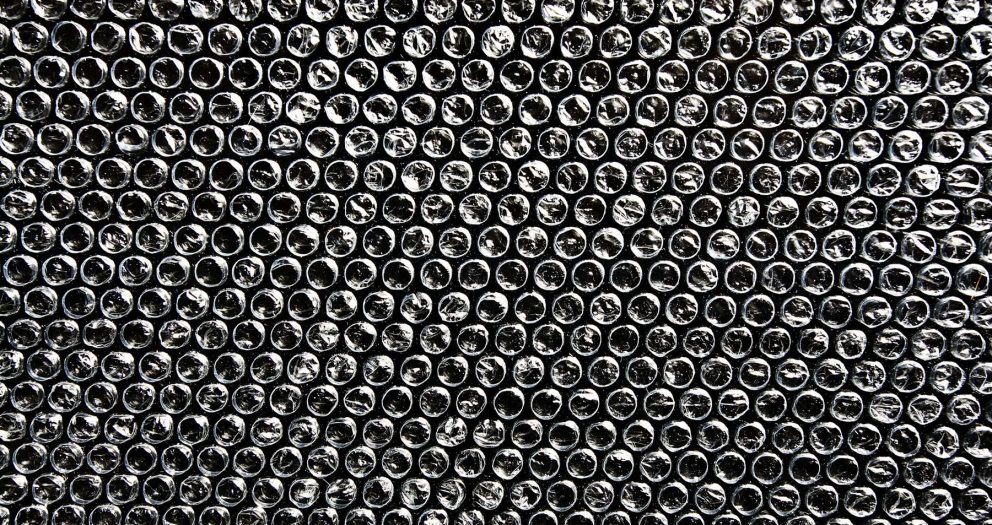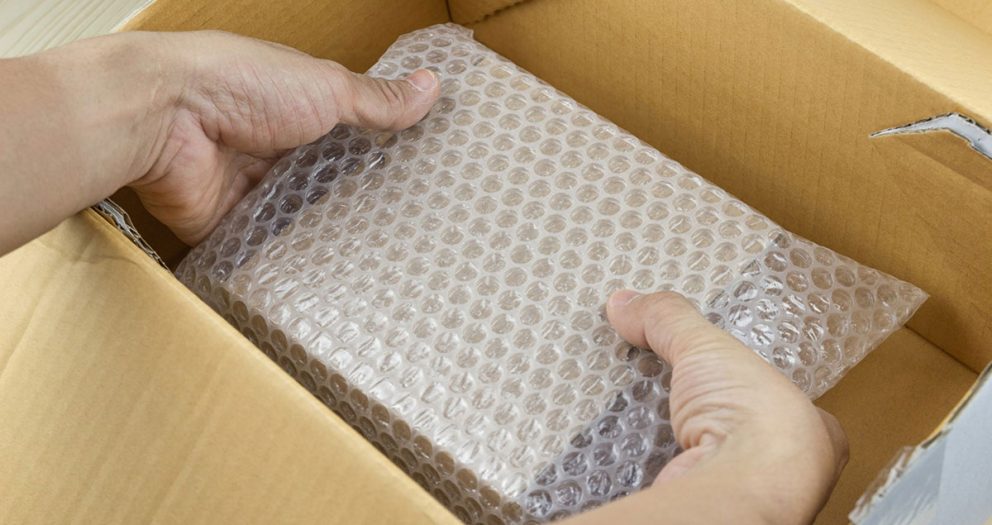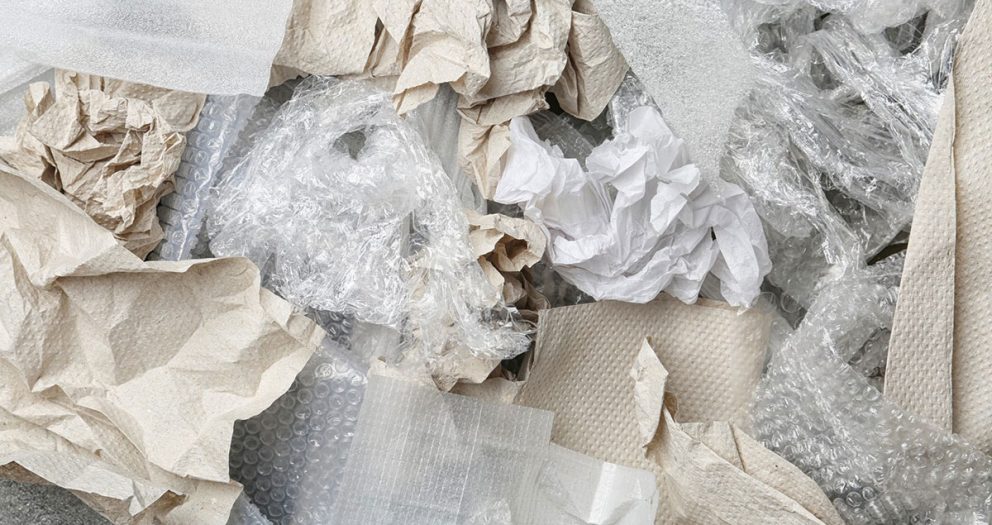Strapping tape is a pressure-sensitive tape used for several packaging functions such as closing corrugated fiberboard boxes, reinforcing packages, bundling items, pallet unitizing, etc. It consists of a pressure-sensitive adhesive coated onto a backing material which is usually a polypropylene or polyester film and fiberglass filaments embedded to add high tensile strength.
 Strapping tape is a simpler alternative for strapping pallets of goods. It is easier, faster and more cost effective than polypropylene strapping when dealing with lightweight pallets. The tape is most often used as a closure for corrugated boxes such as a full overlap box, five panel folder.
Strapping tape is a simpler alternative for strapping pallets of goods. It is easier, faster and more cost effective than polypropylene strapping when dealing with lightweight pallets. The tape is most often used as a closure for corrugated boxes such as a full overlap box, five panel folder.
- It is a good alternative to bundling film.
- Can be applied on top of stretch film to provide added protection during transport.
- Strapping tape has high impact strength; significant pressure can be applied without the tape snapping.
- The adhesive tape is low grade so it won’t rip the cartons or remove information on labels when the tape is taken off.
Strapping the pallet wrap steps and instructions
Step 1
Firstly, the pallet needs to be correctly packed. Make sure the goods are clean before trying to strap as substances like dust can affect the adhesive bond of the tape.
Step 2
Once the pallet wrap is packed, place cardboard box corners on each end of the pallet to help maintain the shape.
Step 3
Next, wrap horizontally around the pallet to secure the goods. Begin at the base of the pallet by securing 150mm of strapping tape on the starting edge. Now pull it tight to the next corner of the pallet before adhering. Continue this for all sides of the pallet, increasing the number of horizontal wraps depending on the height of the pallet and the size of the goods.
Step 4
Diagonal layers of strapping tape can be added if extra security and stability is needed for the pallet.





